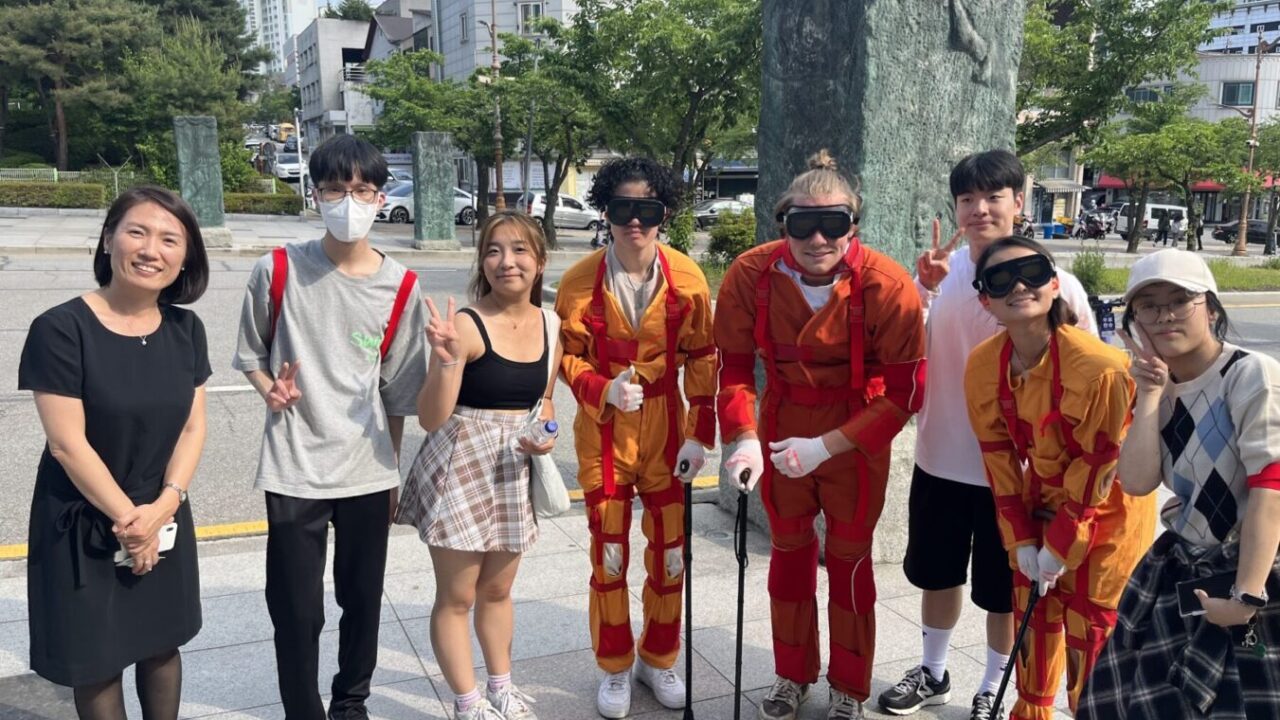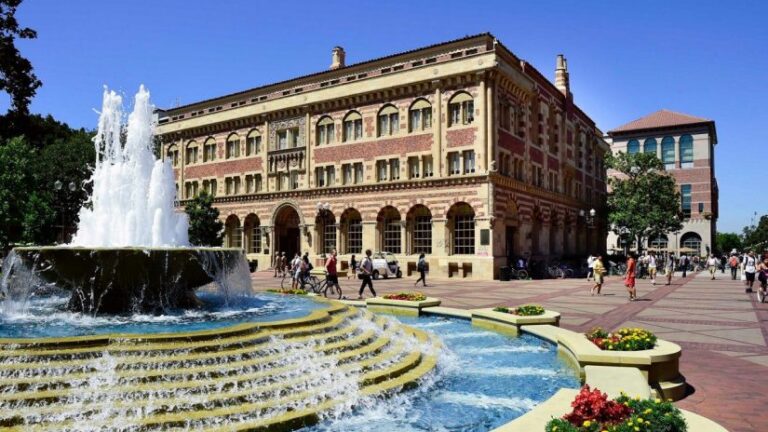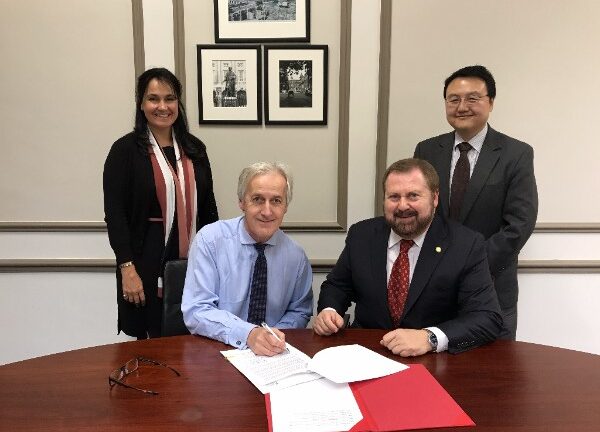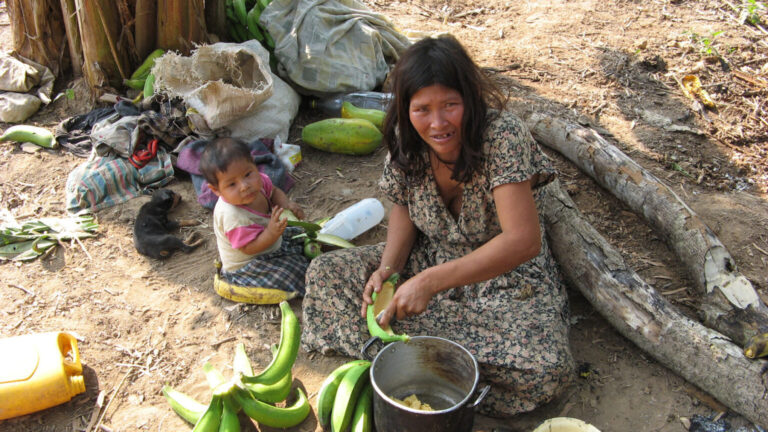
Study abroad program helps students gain an understanding of the challenges and opportunities facing the world’s fastest-aging nation.
USC Students Investigate Challenges Facing South Korea, World’s Fastest-Aging Nation
USC Leonard Davis study abroad program in South Korea helps students understand aging challenges and opportunities.
When it came time for USC Leonard Davis students to learn some of the latest pop music line dances, a group of older adults at a Seoul community center were their unexpected teachers.
“The students were having difficulty following the fancy moves,” said Min-Kyoung Rhee, an instructional assistant professor who led a study abroad course focused on aging in South Korea. “It was a nice ‘a-ha’ moment that allowed us to see older adults as proactive members of a society who can contribute to younger generations.”
Rhee and Program Manager Jeannie Wakamatsu took students from bustling Seoul to rural Andong to help them gain an understanding of the challenges and opportunities facing the world’s fastest-aging nation. Low fertility rates and longer life expectancies are projected to make South Korea the world’s oldest country by 2060, overtaking neighboring Japan.
Students met tech-savvy seniors aging in good health, visited a nursing home to get end-of-life insights, heard from gerontology experts about their current projects, and ran empathy-building errands while wearing age-simulation suits. Kelly Vuong, a Master of Science in Gerontology and Master of Social Work student, navigated stairs, street crossings and a steep hill to purchase rubber bands at a convenience store while wearing plugs, goggles, braces and weights to mimic the changes to vision, hearing, mobility and posture that impact some older adults.
“The experience gave me a more compassionate perspective of how we should consider ways to support those that might have some age-related challenges,” she said.
Andrew Kim, a health promotion and disease prevention major, said the trip inspired him to translate Korean insights into practical solutions in the United States.
“It has been instrumental in shaping my path towards a future in medical studies with a focus on serving older adults,” he said.
From mastering difficult dances to walking in simulation suits, this course included steps to get students moving in the right direction.



